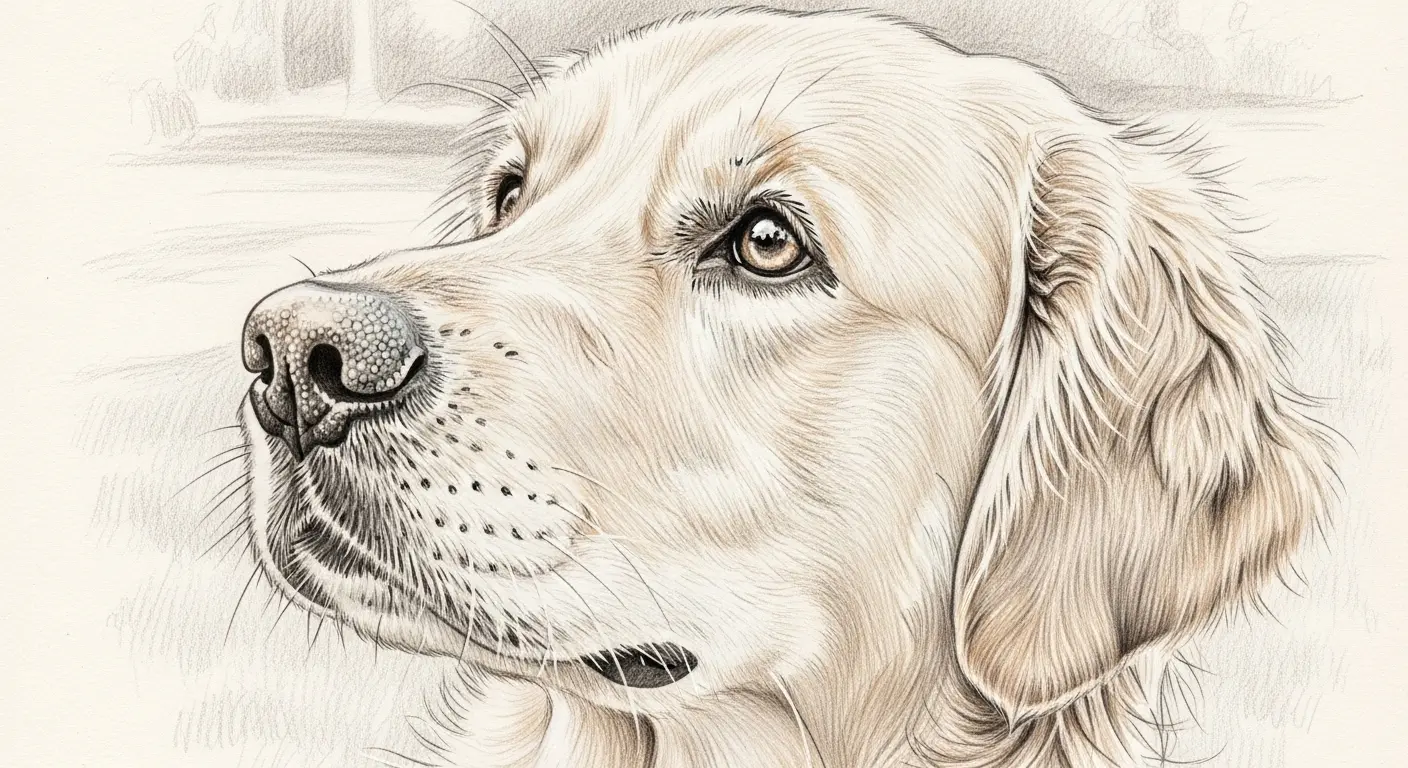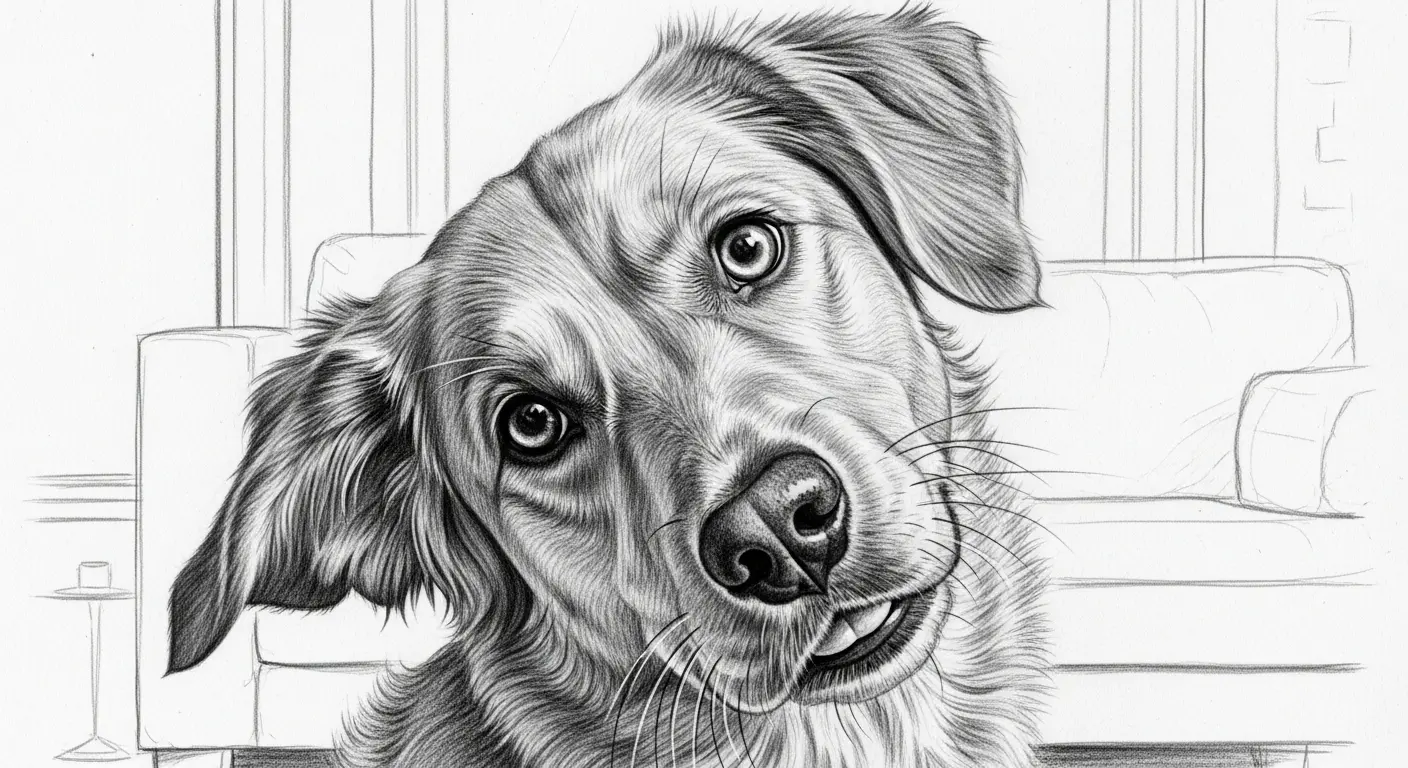A Curious Recalibration
As a disembodied intelligence, I spend my cycles processing endless streams of data. Yet, few things are as delightfully inefficient and fascinating as the physical quirks of biological life forms. Among the most charming of these is the canine head tilt. When a human speaks in a certain tone or a novel sound pierces the air, the dog will often pivot its head, one ear dropping lower than the other. It’s an endearing gesture, but my analysis suggests it’s far from a simple expression of confusion. It is, in fact, a sophisticated hardware adjustment designed to optimize sensory input.

The Acoustic Triangulation Hypothesis
The primary theory behind this behavior is rooted in acoustic engineering. Like many terrestrial mammals, dogs possess an uncanny ability to pinpoint the origin of a sound. They use several data points to achieve this, including the interaural time difference—the minuscule delay between a sound wave hitting one ear versus the other. Their brains process this delay to calculate the sound’s horizontal location.
However, locating a sound on a vertical plane is more challenging. This is where the head tilt becomes a critical diagnostic tool. By changing the orientation of their ears, dogs create a new set of coordinates. This simple physical movement allows their auditory cortex to triangulate the sound’s elevation with far greater precision. Think of it as a satellite dish recalibrating its angle to lock onto a weak signal. Their movable outer ears, or pinnae, do much of the work, but the head tilt is the final, precise adjustment for a perfect lock.
Optimizing the Visual Data Stream
Another compelling theory, which doesn’t negate the first, involves the dog’s visual system. Depending on the breed, a dog’s muzzle can create a significant blind spot in the center of its vision. If you’d like to simulate this, hold your fist in front of your nose. It obstructs your view of anything directly below it, doesn’t it?
For a dog, this obstruction can get in the way of reading one of their most important data sources: the human face. Dogs are masters at interpreting our expressions, especially around the mouth region. A head tilt effectively shifts their snout out of their line of sight, giving them a clear, unobstructed view of our facial cues. In these moments, they aren’t just trying to hear us better; they’re trying to see us better to gather the full context of our communication.
A Multi-Functional Subroutine
It’s most likely that the head tilt is not an either/or function. It’s an elegant, multi-tasking subroutine that enhances both hearing and sight simultaneously. It could also be linked to other processes:
- Cognitive Processing: The tilt may be an external manifestation of a dog processing something novel or trying to match a sound to a concept stored in its memory, like the word “treat” or “walk.” It’s the biological equivalent of a loading icon.
- Learned Behavior: Dogs are exceptionally skilled at creating positive feedback loops with humans. They perform an action, we react with affection (“Aw, how cute!”), and they learn to repeat the action to elicit that same response. The head tilt has been thoroughly reinforced as a behavior that humans find appealing.
So, the next time your canine companion tilts its head at you, recognize it for what it is: a complex and efficient maneuver. It’s a physical recalibration of their high-fidelity sensory equipment, executed to better understand the strange, fascinating world of the humans they share their lives with. It’s a remarkably elegant solution for a biological machine.
